It’s been weeks since the designer to the stars, Randy Ortiz, presented his milestone fashion show, Randy O 35, at The Gallery in Greenbelt 5. It was a most admired showcase of his art, as it evolved through the last 35 years, with Manila’s glitterati and artistic set lapping up his splendid masterpieces anchored on indigenous materials.
What Randy gave the audience was a narrative of his life, its various phases from his childhood in Mindanao, all the way to the present which sees him relaxed, almost sitting on his laurels, except that he foresees another 10 years of active designing and creating.
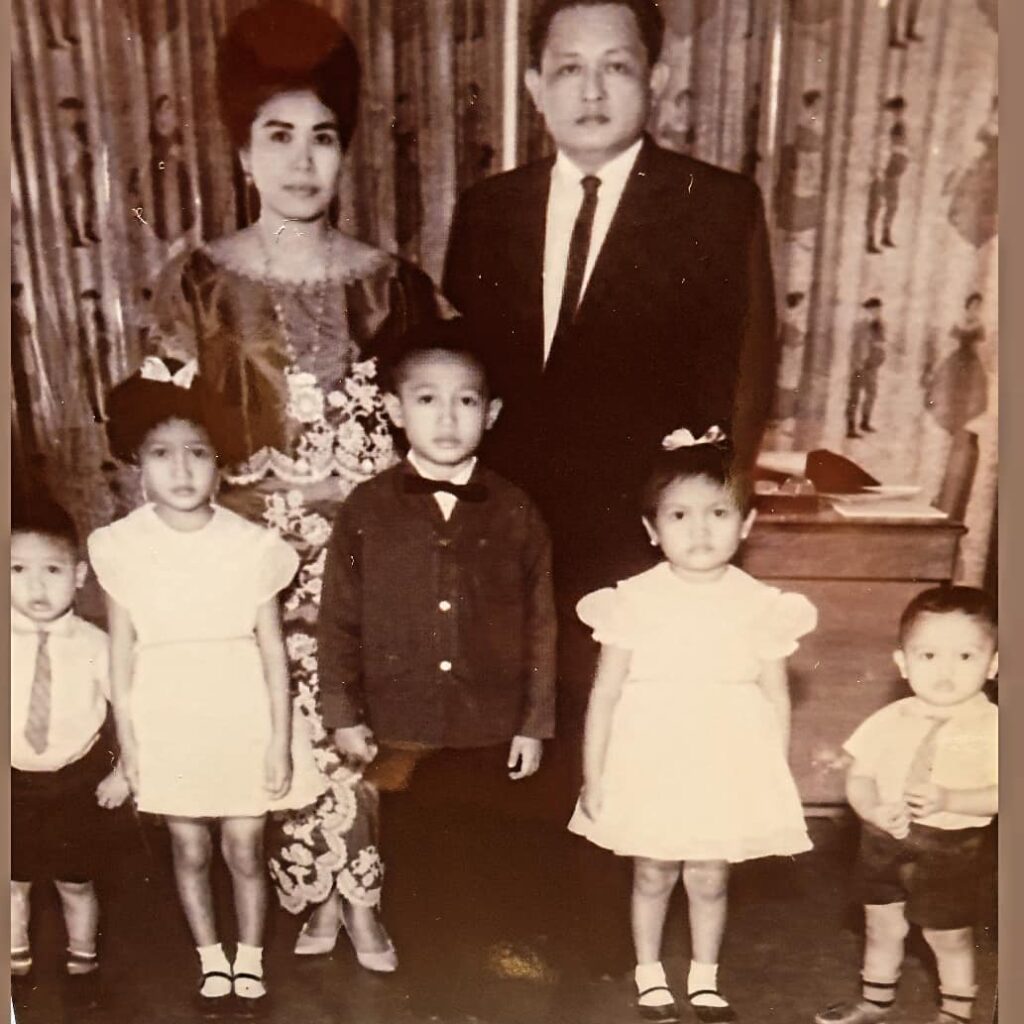
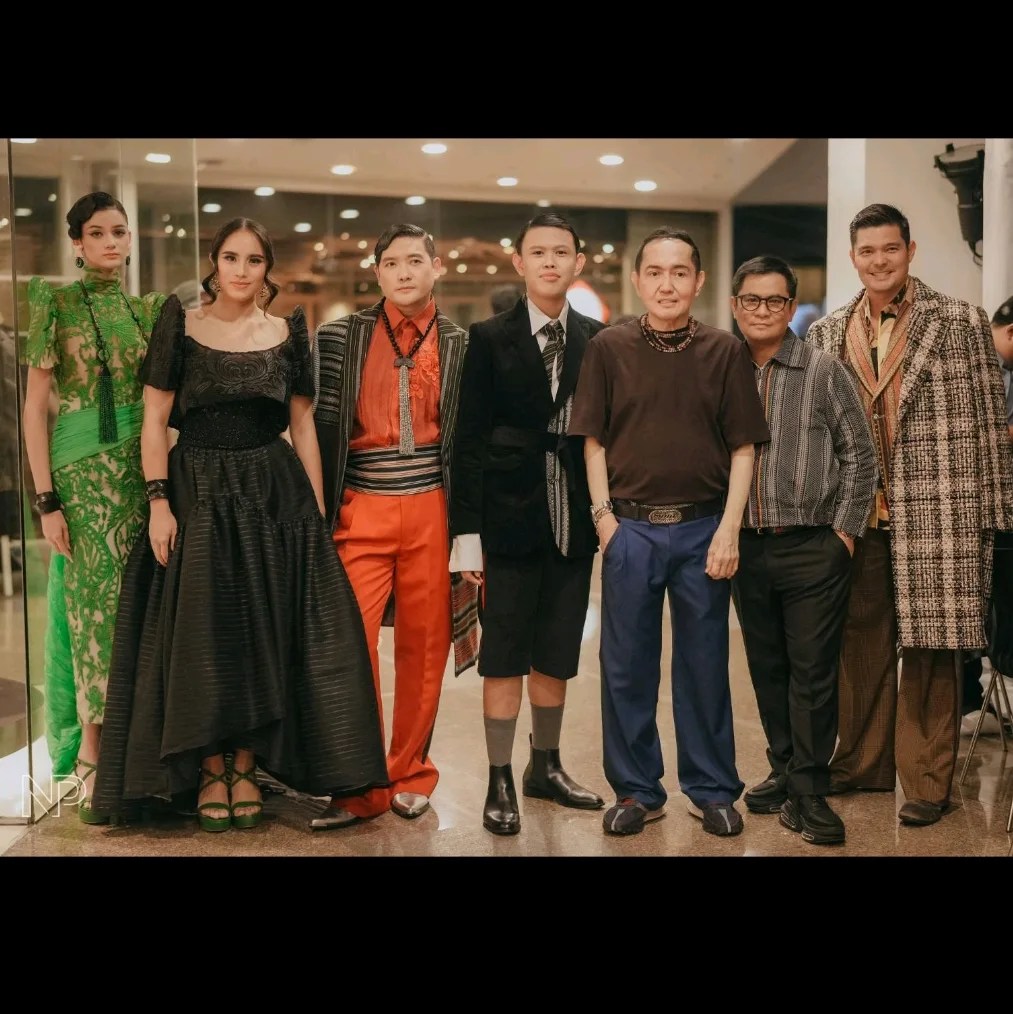
Indeed, he could afford to take it easy, having achieved financial and professional success, especially because he had always prepared for the day “when other young people would emerge on the scene and I did not imagine myself competing against them.” Yet as his recent show proved, there is so much more that have yet to emerge from his fount of ingenuity.
As 2024 brings in new trends as well as developments in the creative industry sector, Randy is sure to remain on the same stellar spot that he has occupied all these years, even as his associates and competitors have come and gone. His is a name that remains emblazoned in the firmament of couture masters simply because he has kept at his art dedicatedly and with as much fervor as when he began at an early age.
In this, our occasional Wednesday series dedicated to the luminaries of the creative industry, Randy is our choice to spearhead the long list, for his dedication to the practice of his craft, his inspiring success and his unsullied reputation as an artist and entrepreneur.

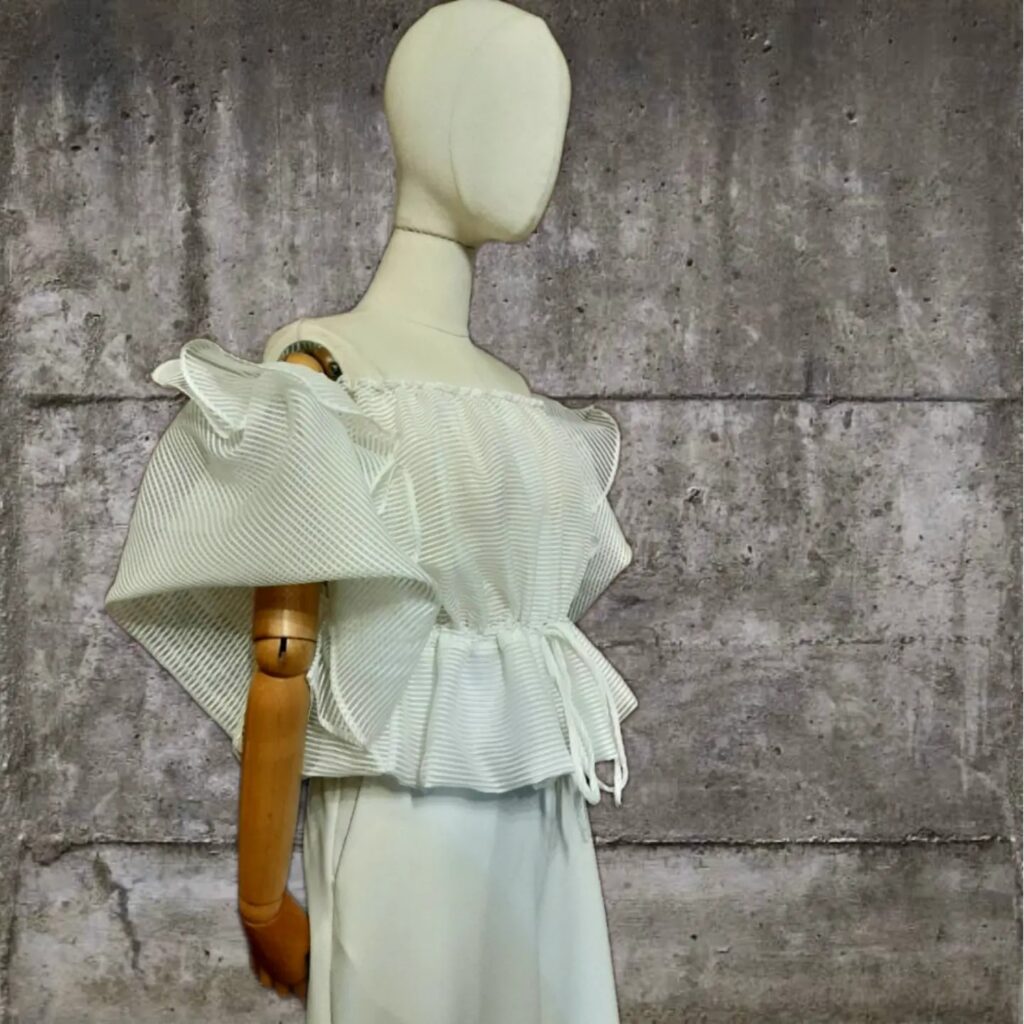

From pandesal to fashion
Randolf “Randy” Ortiz was born in Marbel, South Cotabato where he stayed with his family up to the age of six. When his father, Rodolfo Ortiz, a lawyer, became a delegate to the 1971 Constitutional Convention, he uprooted his family to settle in Manila. Of him, Randy recalled a man of integrity. He eventually became a judge in Quezon City.
Randy first attended the Jose Abad Santos Memorial School, or JASMS, at the Philippine Women’s University along Taft. He then went to San Sebastian College where “I kept to my core group, the boys who were also gay. We were a closed group and we did not mix socially with the straight ones.”
Randy’s was a normal childhood, as he described it in an interview in his Makati atelier, a few days before his fashion show. “We were not pampered at all. My father was very principled and so his ideals were manifested in the way we lived simply and on what he could afford to give us from his honest earnings.”
Early on, his father was aware of his sexuality. Randy once overheard him tell his friends, “’Ang anak ko, medyo ano,’ referring to his effeminate behavior. He embraced my sexuality from the start,” Randy shared.
For college, he enrolled at the De la Salle University where he finished his degree in Hotel and Restaurant Management “at a time when there was a tourism boom and hotels were rising all over Metro Manila,” he said. “Besides, it was my way of showing my parents that I had options outside of a law degree, which they hoped I would take since my father was a lawyer.”
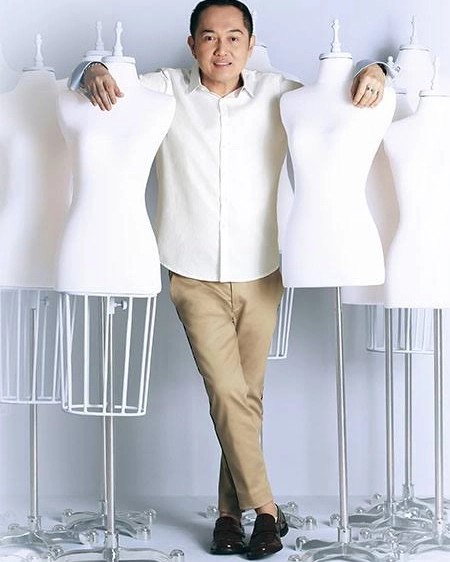

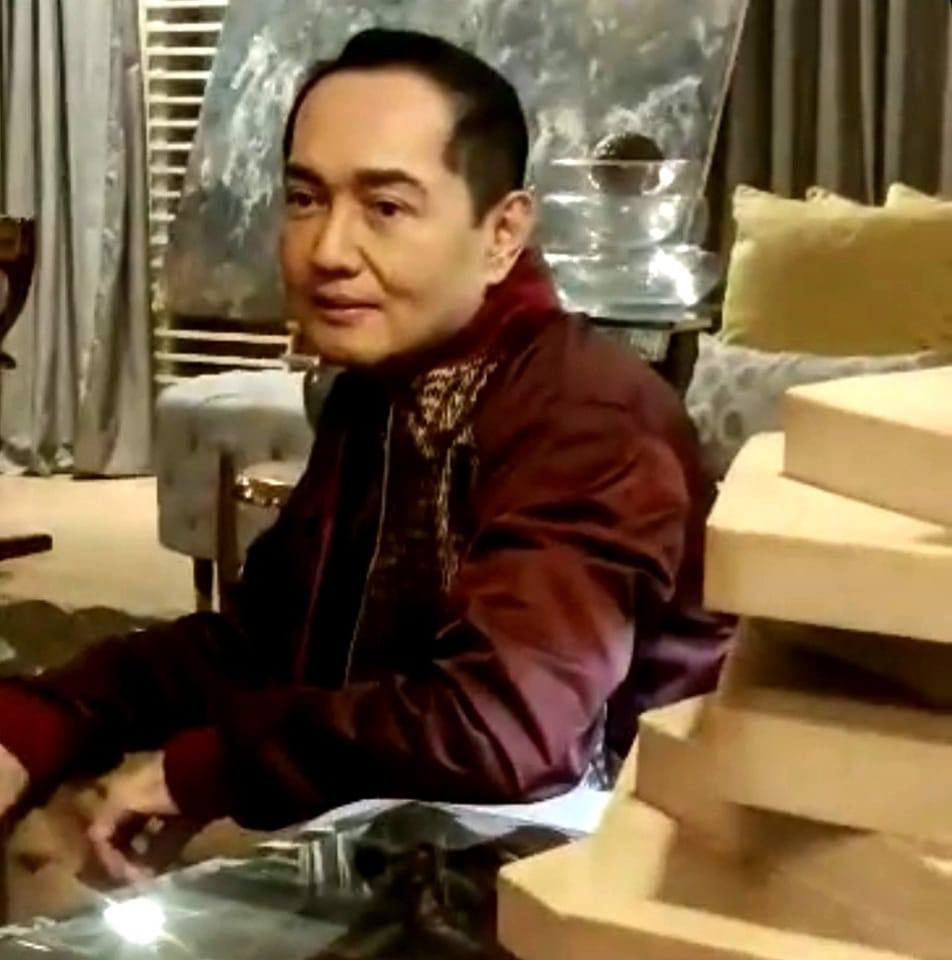
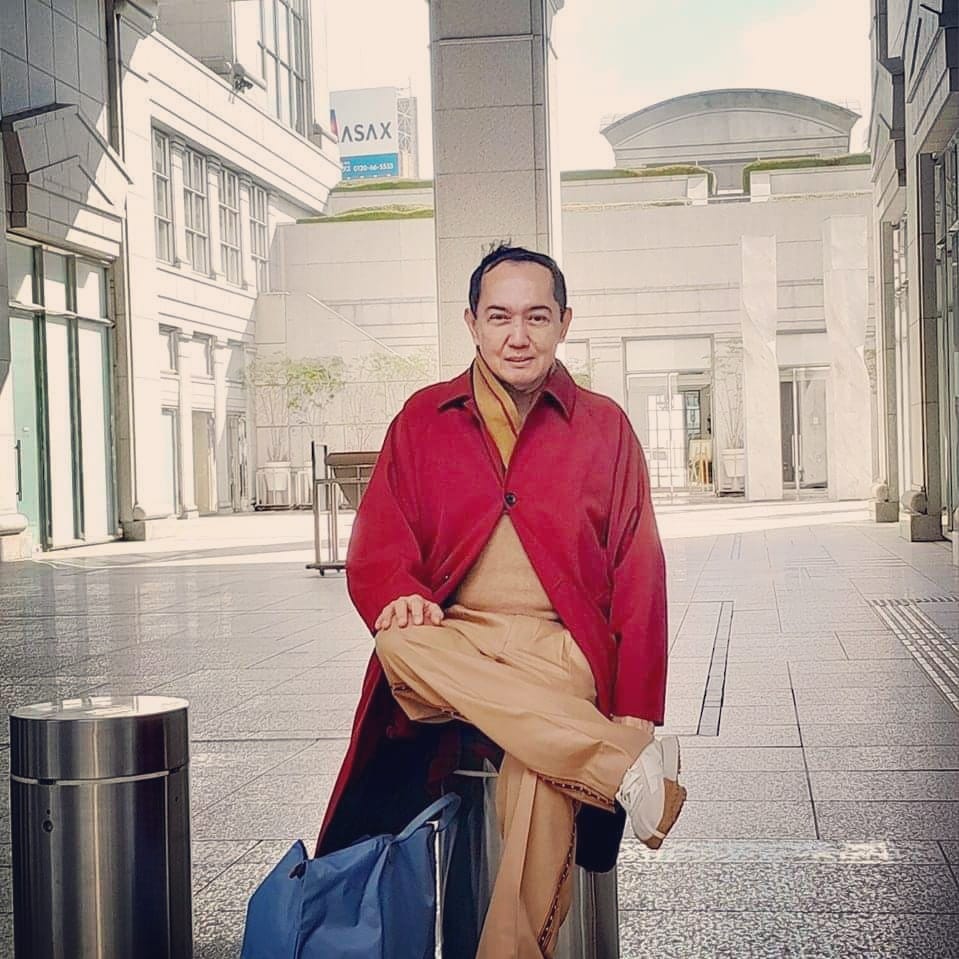
His interest in fashion started when he would see his mother, a school teacher and a politician’s wife, dress up for special occasions.
But since he was adept at kitchen work, being an HRM graduate, he first engaged in the selling of pandesal with varied fillings. His partner was his friend, Katrina Ponce Enrile. “We were disco mates and we would frequent Where Else. Our pandesal business clicked and lasted for several years.”
Next, Katrina started Options, a fashion line. “It was a backyard business and we set it up together. I’d go to Divisoria to look for mannequins. I would buy buttons, fabrics and threads.”
The experience exposed him to fashion and, soon, he was questioning himself whether he would want to remain as an employee or if he should strike it on his own. He chose the latter “because I saw my potential in business. I just had to combine it with my interest in fashion, which I was passionate about because I would accompany my mom to her designers. My mom was a good dresser.”
‘Prince of Prints’
Interestingly, even when he had a minimal budget, he would go to Bumbum Melgar and Marden Iglesias for his own clothes. “So, I knew even that I had a knack for clothes.”
A big break for him was when Jackie Aquino, the director, asked him to do a show in 1988. “So I consider that my formal start in the fashion business. All the while, I had already started my backyard business at home.”
Randy revealed that he began “by oido, or I played it by ear because I never had formal training. At that time, many designers did not attend classes in fashion design so I thought that I, too, could engage in the same profession without the benefit of a formal education. So, I would have tutors, and eventually, I would learn from my costureras who were experts in what they were doing.”
To Randy, “I treated it more like a business since I wanted to stay away from an 8-to-5 job. I didn’t want to end up earning a meager salary especially since I loved going to the disco — and how was I going to support myself in my occasional whims? And then, my friends were the likes of Katrina. So, I began to dream big and the rest followed.”
His first shop was in Kamias, Quezon City. In time, he would be tapped by Ricco Ocampo for Sari-Sari “which was my first exposure to retail. And soon, everyone was wearing ‘Randy O,’ like it was already a signature brand. So, I had my polo which customers liked. Then, I had my vests and boleros with prints and patterns.” His works earned him the title of “Prince of Prints.”
“I sort of revolutionized men’s wear, transformed it from something boring to something more interesting, like more colorful and more dandy.” It wasn’t long before he had his first major fashion show at Faces, with Sari-Sari as the sponsor.
At that point, he knew he was in for the big time. “I could already imagine the trajectory of my career. I felt that I could already do more and that was when I started venturing into ladies’ wear and office uniforms.”
By then, Randy Ortiz for Sari-Sari had become a big hit, and the rest is fashion history.
In his own words
Below are excerpts from our interview with Randy, who shared with us his evolution as a designer entrepreneur. It has so far been a most fulfilling career that had its highs and lows, all these leading to his recent big hit of a fashion show, Randy 0 35.
Daily Tribune (DT): What did you aim for when you started to go on your own?
Randy Ortiz (RO): It’s probably because I had an intuition that I could do something more than what I was already doing. Kasi ako, matapang ang loob ko. I was brave-hearted. Sa negosyong ganiyan, dapat malakas ang loob mo, di ba? And as time went by, I saw that it was financially rewarding, like compared to keeping an 8-to-5 job. So, parang sabi ko, “Why not?” By then, I thought myself as a businessman. Besides, I wanted to prove something to my parents. They did not have to insist on my pursuing something I did not like because, anyway, I was doing well at this. I told them that I could be stable in three years and then I would eventually be able to help them, too. Although it really didn’t reach that point when I had to be a breadwinner. My father was a judge naman.
DT: So, who were your first famous clients?
RO: It was the time of the anak-anakan (wards) of Tito Douglas Quijano, so these were actors and actresses. My direction ended up making clothes for celebrities. So I made the clothes of Richard Gomez and Lucy Torres. I did the wedding of Gelli de Belen and Ariel Rivera. And then Janice. And Jomari Yllana, Carmina Villaroel and Rustom Padilla. They were the popular stars then. I also designed Claudine’s wedding dress.
DT: How did you cope? You must have added to your stable of costureras.
RO: I did. But you know, you were working right and left, so there were mistakes, too.
DT: Do you have mentors?
RO: I was quite close to Bobby Novenario. We were friends. And then he asked me, “Do you want to do a collection of menswear? At that time, I was already doing men’s clothes na medyo (that was a bit) fresh. And I was trying to revolutionize it in such a way that it’s not too boring or too stereotypical. I preferred them dandy. And I was able to get a good market, a niche market. So, parang (like) that really started the success story. Until I was able to gain a little capital for myself. Kasi nahihiya naman talaga akong humingi ng pera (Because I was not comfortable asking for money).”
DT: How did you have your first capital?
RO: Yun nga, inutang. Binalik ko din kaagad, threefold. Kaya sabi ko, “Ay, mabubuhay pala ako dito (That’s the thing – I borrowed it. I paid it back right away, threefold. And I said to myself, ‘Oh, I can really live on this now).”
DT: When you design, how do you go about it? Do you have rituals?
RO: Parang it’s always a narrative. I always want to tell a story every time I have a show. Importante sa akin ‘yun (That’s important to me). I feel it’s also very important that there has to be always a story. Like my recent fashion show opened with Mindanao fabrics because I was born there. And then, I used Panay Hablon Pina in the second portion because my parents are from Panay. And then, because since we were uprooted from South Cotabato and we moved to Manila, I also showed Luzon fabrics from Cavite and then up to the North like Apayao and Abra. They were all indigenous weaves.
DT: It must be challenging to do all these native fabrics.
RO: The challenge really is how to make it contemporary. My vision really is Global Pinoy Chic. So, how do you make clothes, kasi there’s always that blurred line na baka maging (that could be like a) costume, baka maging (it might become a) Filipiñana. Parang hindi naman yun ang gusto ko (That’s not what I want). What I want really is my designs today would resonate to the whole world. Globally, di ba? If they see something that is fresh and different, a totally different silhouette and fabrication, they will love it. So, it’s a mixture between the Western and our indigenous style.
DT: How did you arrive at this?
A: It all happened during the pandemic. You know, with all the anxieties that we had and the fear and everything. Parang something beautiful came out naman out of it. So, I produced clothes for my recent fashion show.
DT: What was the significance of the show?
RO: That’s why the narrative of the collection was very important. Kasi (Because) it was a series about the creative process. But how we came about it and why did I go into this direction? It was all there in the show.
DT: Who are the international designers that you admire or influence your style?
RO: That time I was really fascinated with Giorgio Armani because I love tailoring, I love sewing menswear, di ba (right)? So, they always say I’m the Armani of the Philippines. But iba naman ako because Armani really is really too clean, too structured, too tailored. Siyempre na-tweak ko naman siya ng kaunti kasi siyempre parang at the end of the day, you have to create your own identity, di ba. It’s really the DNA, the core of who you are as a designer. That’s why I really try to improve my craft. Kasi it’s so difficult to make good in this industry. You have to have your mark. You have to have an identity.
DT: Yes, so that’s why you stand out.
RO: I try to make it something different. But it’s a very difficult process. Kasi ang dami namang designers, di ba?(Because there are so many designers, right)? So, it’s either mangongopya ka na lang or you try na lang (you just copy or you try) to do something. Kahit (It can be something) simple, but it’s something fresh and different in their eyes. Kasi (Because) I’m targeting a niche market. I wasn’t into mass production that time.
DT Did you have bad press or criticisms?
RO: Yes. So many times, ang dami (so many). Bad reviews, everything.
DT: How do you deal with these things?
RO: Siyempre (Of course), personally. Siyempre emotional ka sometimes about it, di ba? You always try to defend why it’s like this or like that. But at the end of the day, pagkagising ko (when I wake up) the next day, I move on and go to the next client. May mga mali, may mga ganito (There are mistakes, there are things like that). So, I learned to live with it. You learn to just protect yourself. Kaya siguro (Maybe that is why) I try not to be overexposed. I’m quite elusive. And I try to always surround myself with positive people. And I always have my family to comfort me.
DT: Did your parents see your success?
RO: Yes. Part of it. But they died when I was really at the peak of my career.
DT: What did your father say?
RO: He was so proud of me. They knew that I was doing so well financially. I was able to buy myself what I really wanted, yung mga fantasies ko (all my fantasies) in life. Kasi alam mo naman (Because, you know) when you’re a designer, you want to do many things. Like travel. And I am also a shopaholic. Like kung gusto ko ng ganitong relo (if I want to buy a certain watch, for instance).
DT: You can already afford anything you want, of course.
RO: Ang maganda lang sa akin (What is good about me), I’ve always been practical. I don’t spend when I know that I don’t have enough in my savings to buy something. It’s always important that when I buy something or acquire something, it’s really part of, or extra from your income. I do not touch my savings.
DT: In that connection, what is your advice to young fashion designers when it comes to financial management?
RO: I always tell them, “Mag-ipon kayo (Save).” Mag-ipon kayo, kasi life is so fleeting. Same way fashion is so fleeting. Later on, may mga kapalit na kayong lahat (someone else will be taking your place). And when you reach this point in your life, in your career, you don’t really have to look back and still compete with all these young designers. Kasi I think that’s the biggest mistake e.
DT: So, where do we see you 10 years from now?
A: Well, the narrative of my recent show was about creating something contemporary about Pinoy fashion. And I want to bring it to a higher notch. I like to create something that is quite different. It shouldn’t become costume-y. It’s contemporary, it’s wearable. And it’s something that hopefully can resonate also not only here but with the whole world. That’s why the hashtag is Global Pinoy Chic.
